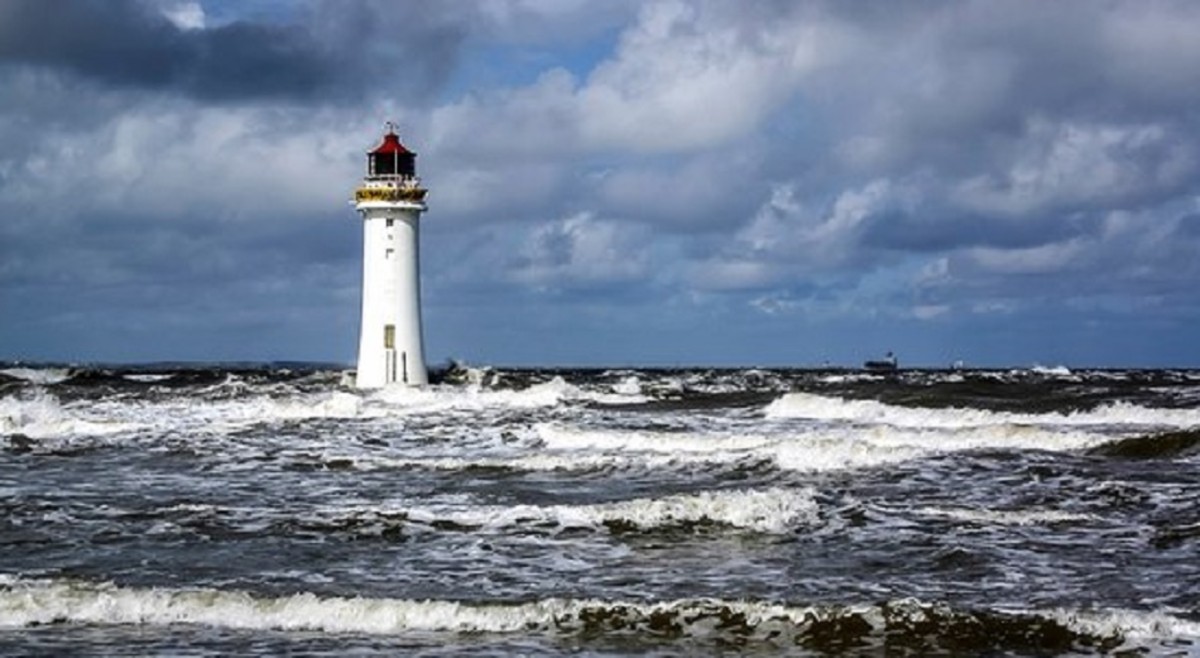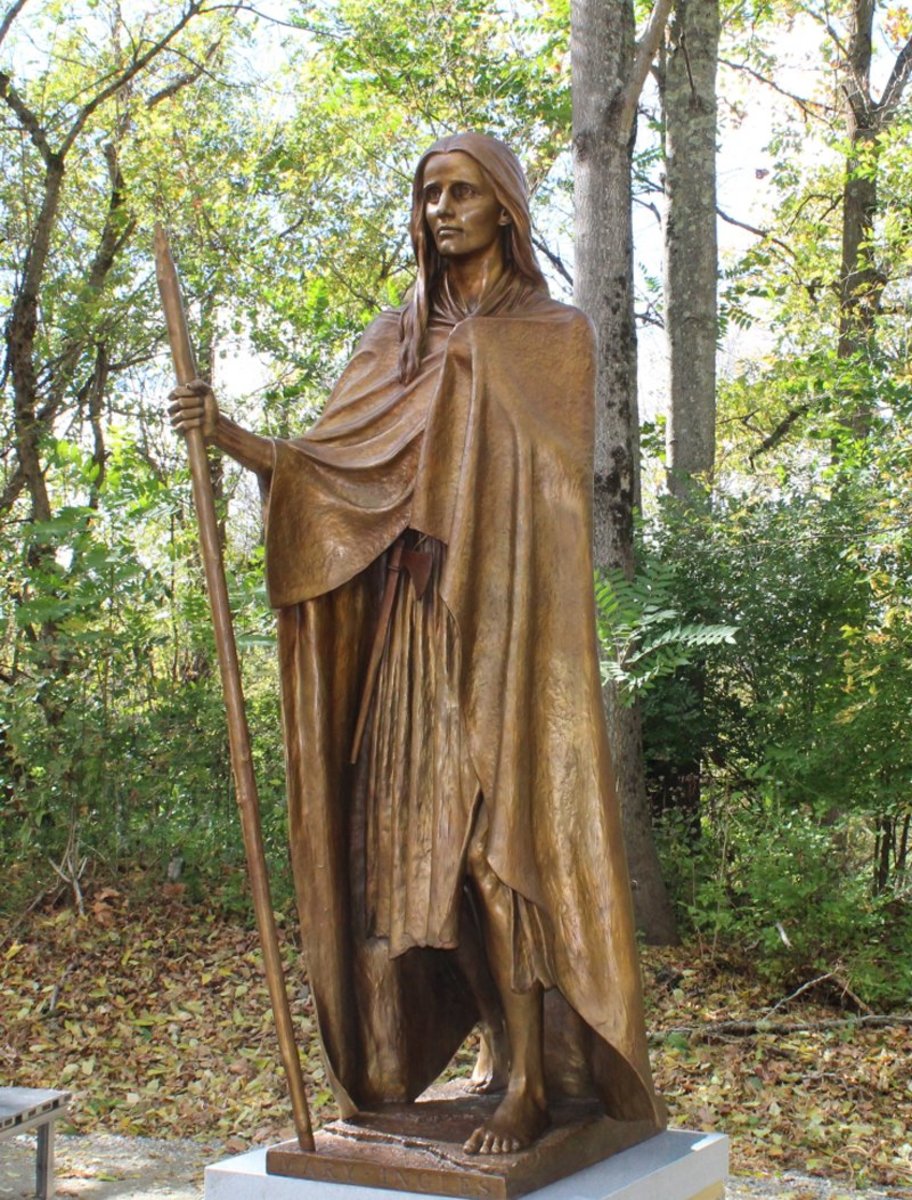- HubPages»
- Education and Science»
- History & Archaeology»
- History of the Americas
Illustrious Era of Clipper Ships
The Blue Jacket
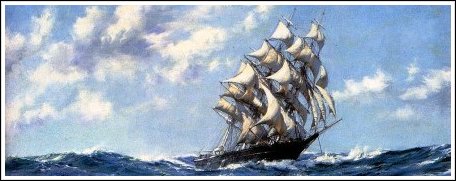
The Cutty Sark
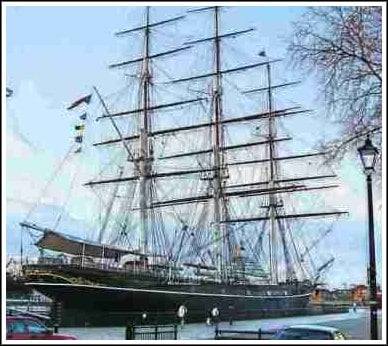
For one brief part of a decade, in the late 1840s and early 50's, the perfect ship, entirely an American creation, appeared on the international maritime scene and just as quickly vanished. It was called the Yankee clipper ship.
Clipper ships were built for speed, not volume, as were other merchant ships of the mid 1800's. Several things set them apart from other sailing ships. A clipper had three masts, each with a large expanse of square sails. It was designed to carry small, but profitable cargo loads over long distances at higher speeds than could be obtained by larger, bulkier vessels.
At first the term clipper was a generic name to describe very fast sailing ships such as the Baltimore Clipper a topsail schooner popular with pirates, privateers and slave runners. About 1845, the term was used in conjunction with a name indicating the type of cargo carried or area served.
The more common types were the California clipper, China clipper, coffee clipper, opium clipper and tea clipper. The California clipper, China clipper, and tea clipper were ship-rigged vessels with sharp bows designed for speed. Coffee and opium clippers varied in size and might be schooner, brigantine, brig, bark, or ship rigged, but still designed with sharp bows for speed. The ships having the sharpest bows, which also lessened cargo capacity, were called extreme clippers.
The Champion
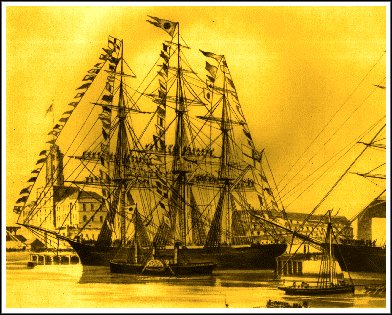
The clipper's masts, could reach as high as a twenty story building. And it carried more kinds of sails than any other ship built by that time. Clippers had a distinctive sharp bow and sleek narrow hull. The streamlined ship combined with the additional power generated by the many sails allowed the ships to "clip" along at speeds never heard of before.
Only a few years earlier, 150 miles a day was considered good. The new clippers could cover 250. Some were known to surpass 400 miles a day. Speed was important. It meant bigger profits. Clippers were capable of Twenty knots or more, heavily loaded and for sustained periods. They set records that stand to challenge even the tall ships of today.
The Americans led the way in designing early clipper ships. However, after the Civil War many were sold to the British. The Industrial Revolution in Great Britain sparked British ship builders to better the Americans by building composite iron and wood Clippers which could carry more sail and cargo. The faster the ship, the better price owners got for their cargoes. A prime example was tea from China. The public followed voyages of their favorite Clippers, betting on which was fastest.
The Marco Polo
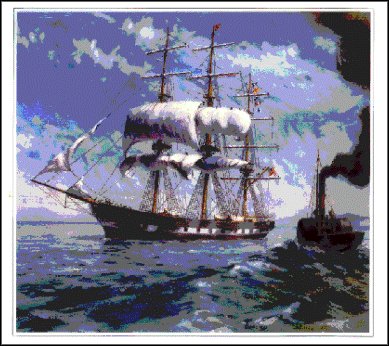
Many had a well defined white band along the entire gun deck reminiscent of the Cutty Sark, built in Scotland in 1869. This, iron composite Clipper is on display in Greenwich, London.
Before steel hulls and steel over wood took over, the slimmer, faster clipper designs gave way to hulls carrying larger more valuable cargoes. Many of these vessels ranged in size from 800 to 3000 tons and were built in Scottish and English ship builders' yards. After the Maori wars, many were used to transport immigrants to Australia and New Zealand.
The clippers began with a dream fed by the Industrial Revolution. America had ships, but they were only copies of the unwieldy and cumbersome British sailing ships. British ship owners already held a lion’s share of world trade, so there was no incentive for them to waste time and money on designing new ships. At the time, America could not compete commercially with British ships… but, a few nautically inclined visionaries saw an opportunity.
After the War of 1812 it was apparent there was a need for ships faster than enemy naval vessels. Thus the idea of speed under sail and a new type of ship was born. Two events helped accelerate the development of a fast breed of sailing ship. The discovery of gold in California and Australia and the ending of the opium wars in China. Eventually, hundreds of Yankee clippers sailed the globe carrying passengers and freight.
Nat Palmer of Stonington, Connecticut, grew up obsessed with the idea of sailing a ship faster than had ever been thought possible. In Palmer's day, Stonington was a shipbuilding center for the great square-rigged ships.
Before he was twenty, Palmer was a full-fledged captain. In the years that followed, Palmer commanded a variety of ships in different parts of the world. But all the while he continued to dream of a faster, better ship.
He commanded a packet ship, meant to carry cotton bales, from New Orleans to New York. Palmer noticed they were built with a wide, nearly flat bottom. A surprising thing about packet ships was although they would seem to be slow moving vessels they were deceivingly fast.
In those days, conventional wisdom held the hull had to be built with a sharp V bottom…in theory, the sharper the V, the faster the ship. New Englanders already knew a long, narrow ship would go faster than a short, bulky one. Palmer sought to tie the two ideas together.
Palmer was not a shipbuilder or even a marine architect. He would need assistance. Enter Edward Collins. Collins owned a large, successful shipping company. What was immediately necessary however, was money.
Once Collins was convinced Palmer's ideas could work, he came onboard. Palmer drew up a rough outline of what he considered to be the ideal ship. Now, they had to find an architect who could convert those rough drawings into the lines of a real ship.
John Willis Griffiths was a brilliant young architect with similar revolutionary ideas. Ideas so far revolutionary, he found it difficult to find employment. Clearly Griffiths was the man Collins and Palmer were searching for.
However, one thing more was needed, a shipbuilder. Few builders of the day were willing to take a chance on the new designs. What was needed then was a competent shipwright. One who didn’t fear tarnishing his reputation with a failed design. That young man was Donald McKay.
What these four men had in common was a dream of great, fast, beautiful ships such as the world had never seen. It was a dream that came true in their lifetime and faded again as suddenly as it had begun.



